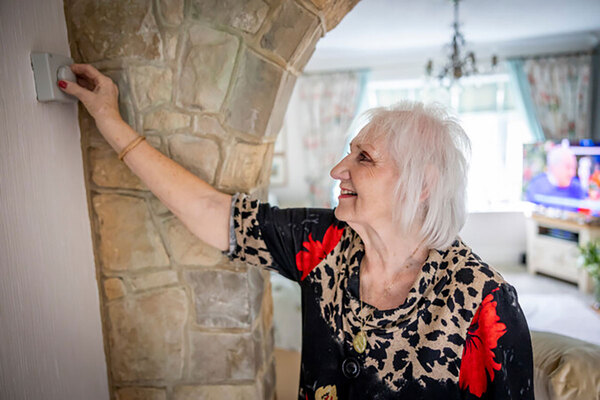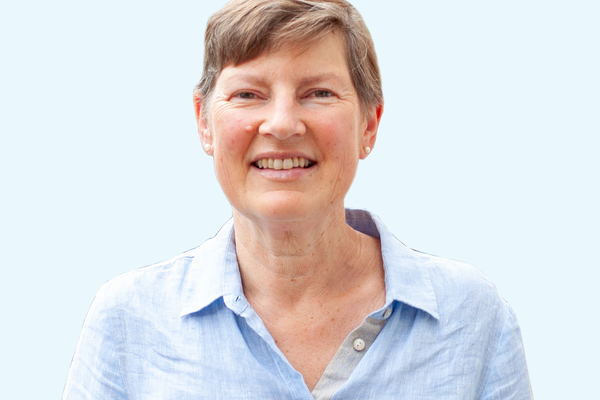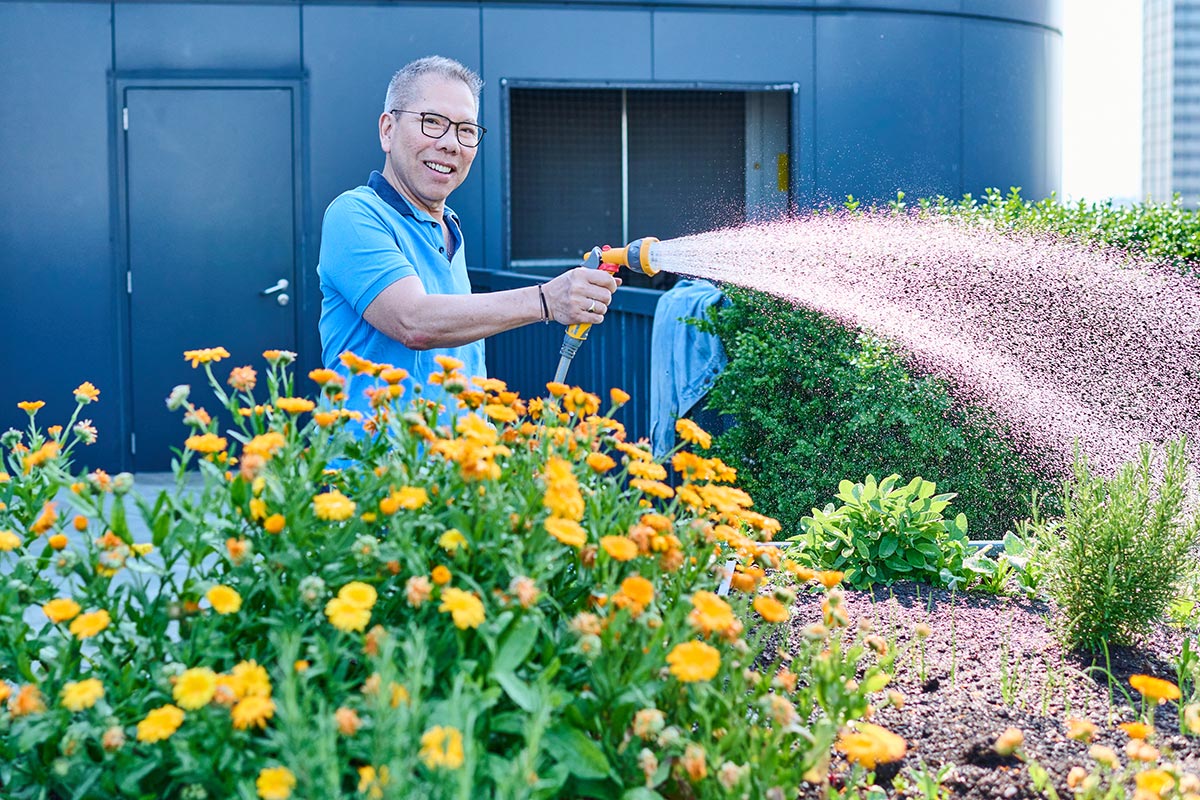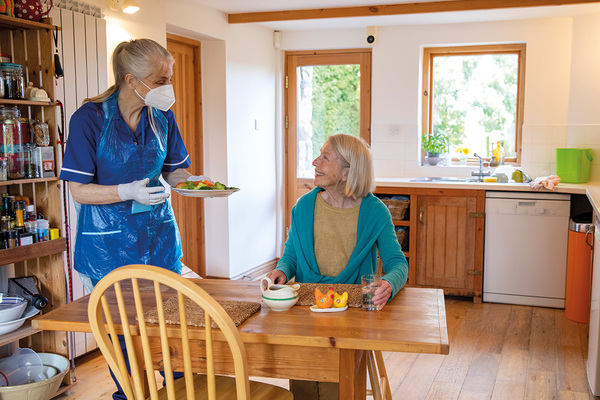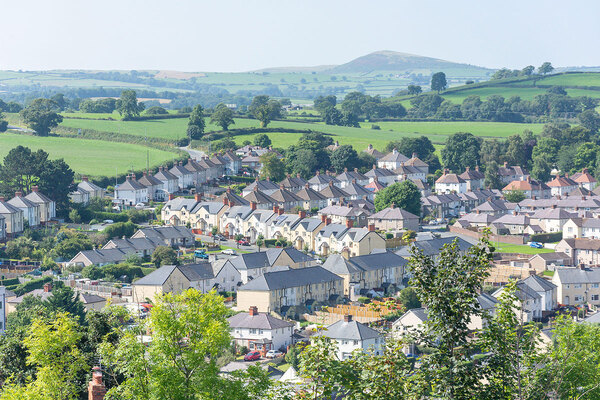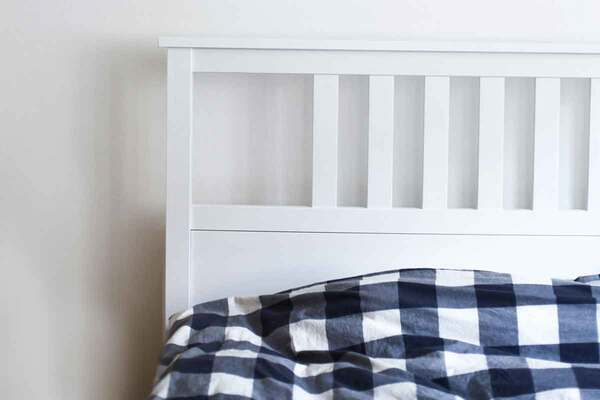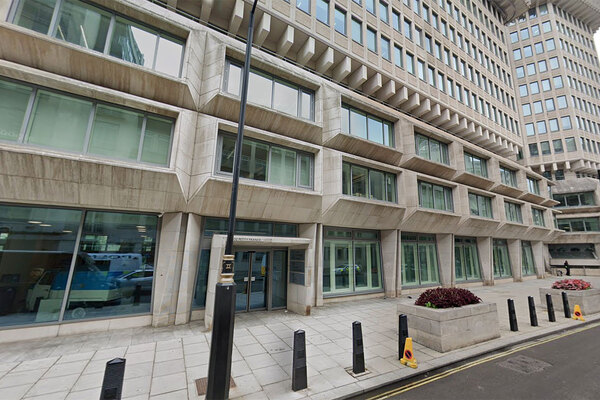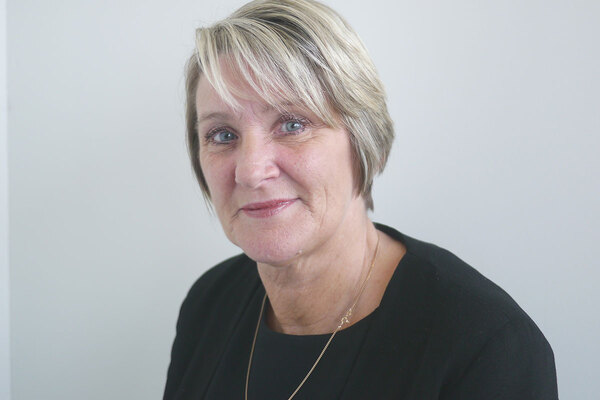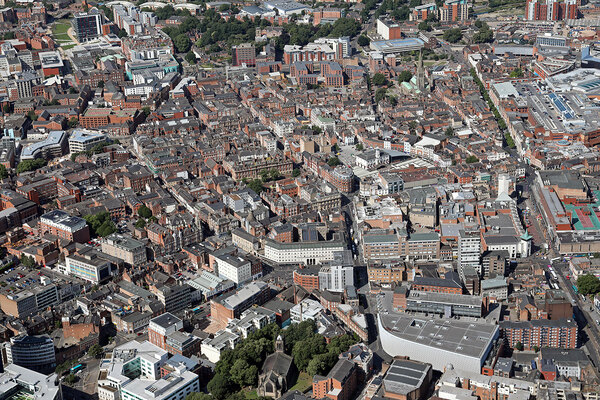You are viewing 1 of your 1 free articles
How to make retirement housing more attractive to residents
We were struggling to fill our properties due to outdated perceptions of what retirement housing offered, so we knew we needed to make changes, writes Paul White, head of Bernicia Living
The profile and needs of older people in the UK are changing. According to figures from the Office for National Statistics, there is no longer an official age of retirement. Many people are now working past the age of 65, and people live healthier lives well into their 80s and 90s.
By 2050, there is projected to be 17.7 million people aged 65 and over – almost a quarter of the entire population – so we need to ensure our retirement properties are places where they want to live.
Bernicia Living offers age-exclusive social housing for residents aged 55 and over in locations across North East England. In recent years, we struggled to fill our properties due to outdated perceptions of what retirement housing offered.
People at the younger end of the age bracket were put off by the stigma of ‘sheltered housing’, while tenants across the board wanted something more than the traditional bingo and knit and natter groups in their communal spaces.
We embarked on a programme to redefine our retirement housing offer and reposition Bernicia Living in the minds of current and potential tenants. We started by looking at the way we communicated. We dropped outdated phrases like “sheltered housing” and “schemes” and referred to “locations” instead. “Communal areas” became “social spaces” and “wardens” were renamed “location officers”.
Following guidance from the Social Housing White Paper, we embraced inclusive language and emphasised independent living in all of our communications.
“We dropped outdated phrases like ‘sheltered housing’ and ‘schemes’ and referred to ‘locations’ instead”
I’ve always believed that social housing should be viewed with just as much excitement and potential as privately rented homes. We applied that thinking to our marketing strategy and shared our available properties on Facebook, Gumtree and with local estate agents.
I spent a lot of time speaking to our current tenants and working with operational teams to understand what people really wanted from retirement living. There was a resounding call to give tenants more independence to decide how to live in their homes and use their social spaces.
We encourage and facilitate the creation of constituted groups of tenants that make decisions about how their time and spaces are used. Groups have applied for grant funding to support their work (with some successful community gardening projects underway as a result) and developed leisure programmes that suit their own tastes, abilities and aspirations. We have karaoke nights, dinner clubs and encourage men’s groups focused on mental health issues.
We want our locations to reflect the vibrancy and vitality of our tenants, so we are giving our social spaces a makeover. We are replacing old-fashioned pink and burgundy hues with neutral greys that are calming and stylish.
We have a dedicated future-proofing workstream looking at how we can integrate the latest technologies into our locations to help residents maintain their independence for longer. This includes installing a 5G kitchen in one of our void properties to test the benefits of smart technologies, and introducing IT suites in social spaces to give tenants the opportunity to develop the skills to manage their finances and stay in touch with friends and family online.
“We want our locations to reflect the vibrancy and vitality of our tenants, so we are giving our social spaces a makeover”
All of this work has had a direct impact on our performance. In just eight months of changing our language, marketing approach and diversifying our offer – and networking with local authorities on a more intensive basis – we filled 22 voids across two sites.
In 18 months, we’ve reduced our average weekly voids from 110 to 78 (with around 50 of those properties under offer at any time). Void losses have decreased from 5.3% to 4%, giving us additional income to support the maintenance and improvement of our homes.
By recognising that our tenants want and need something different from retirement living, we have been able to redefine our offer to give tenants the homes and social spaces that will maintain their independence for longer.
Sign up for our care and support bulletin
Already have an account? Click here to manage your newsletters

